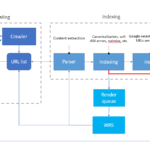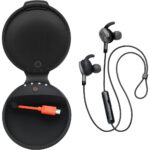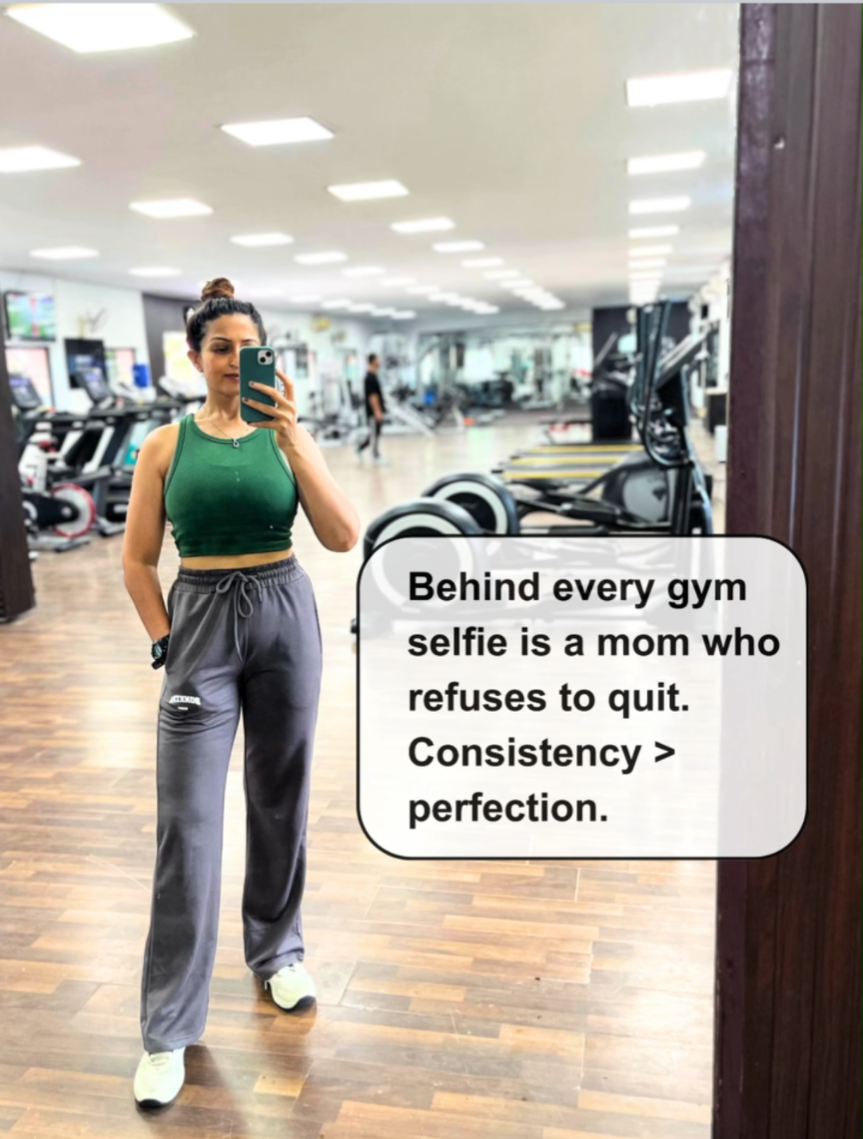Set SMART Fitness Goals: Your First Step to Sustainable Results
By Shikha Pandya, Fittr Coach
#fittrcoach #ptcoach #comprehensivecoach
Introduction: Confused About Your Fitness Direction? You’re Not Alone
When I began my fitness journey, I had a thousand questions swirling in my head.
“Am I doing this right?”
“Why aren’t the results showing?”
“Should I train more or rest more?”
Just like many beginners, I lacked clarity. And without clarity, it’s easy to feel lost or demotivated.
But things changed when I tapped into the power of goal setting—with the guidance of Fittr seniors, support from the Fittr community, and science-backed knowledge from INFS courses.
And the first breakthrough came when I understood and implemented the concept of SMART Goals.
Why Goal Setting is the Foundation of Fitness Success
Think of fitness like a road trip. If you don’t know your destination, how will you ever know which road to take or whether you’re even moving forward?
Setting clear goals gives you direction, motivation, and purpose. It creates a structured path to follow and allows you to track and celebrate progress.
What Are SMART Goals?
SMART is an acronym that stands for:
- S – Specific
- M – Measurable
- A – Attainable
- R – Relevant
- T – Time-Bound
Let’s break each one down with real-life examples and tips.
S: Specific – Clarity is Power
Your fitness goal must be crystal clear. Vague goals like “I want to get in shape” or “I want to be healthier” don’t tell you what you’re working toward or how to measure it.
Be specific about:
- What you want to achieve (e.g., “lose 5 kg of fat”)
- Which areas you’re focusing on (e.g., strength, stamina, flexibility)
- Which part of your body or health markers you’re targeting (e.g., waist size, blood sugar, heart rate)
🔍 Example:
Instead of saying: “I want to lose weight”
Say: “I want to lose 5 kg in the next 10 weeks by strength training and tracking my calories.”
M: Measurable – What Gets Measured Gets Improved
Your goals should be quantifiable, so you can track progress and make course corrections if needed.
Track things like:
- Weight (kg/lb)
- Body fat percentage
- Waist/hip/arm measurements
- Performance (e.g., number of push-ups, pull-ups, 1-rep max)
- Health parameters (e.g., BP, fasting glucose, resting heart rate)
📈 Example:
“I want to reduce my waist by 3 inches in 12 weeks”
or
“I want to increase my bench press from 40 kg to 60 kg in 4 months.”
A: Attainable – Be Ambitious, But Realistic
Setting unrealistic goals can lead to frustration, burnout, and even injuries.
Your goal should challenge you but still be within your current capabilities and lifestyle constraints. Everyone is different—so compare only with your past self, not others.
⚖️ Example:
Trying to lose 10 kg in 2 weeks is not just unrealistic—it’s unhealthy.
Instead, aim for 0.5–1 kg per week, depending on your fat loss phase and activity levels.
🎯 Attainable goal: “I want to lose 5 kg in 8 weeks by following a calorie deficit and training 4 times a week.”
R: Relevant – Your Why Must Be Personal
A relevant goal is one that matters to you.
Your motivation should come from within—not from peer pressure, social media trends, or external validation.
Ask yourself:
- Why do I want this goal?
- How will it impact my life, health, or confidence?
- Does it align with my long-term lifestyle and values?
💡 Example:
A relevant goal for a working mom could be:
“I want to build stamina so I don’t feel exhausted after work and can spend more active time with my kids.”
T: Time-Bound – Deadlines Drive Discipline
A timeline puts healthy pressure on you to take action and stay consistent. Without a deadline, it’s too easy to say, “I’ll start tomorrow.”
Set a clear timeframe that is long enough to achieve the goal, but short enough to stay focused.
📅 Example:
“I want to run a 5K in under 30 minutes by the end of 12 weeks.”
or
“I want to lose 3% body fat in 10 weeks before my birthday.”
My Transformation: 5 Years, Multiple Phases, One Rule — Goal Setting
In the last 5 years, I’ve worked on:
- Fat loss
- Strength building
- Muscle gain (bulking)
- Competition prep
- Leaning out again
Each phase came with its own goals, timelines, and strategies. But the common denominator was always goal clarity.
📌 I’ve learned that “setting goals is the first step in turning the invisible into the visible.”
Ready to Set Your SMART Goal Today?
Don’t overthink. Don’t wait for the “perfect time.”
Just start with one simple goal using the SMART format.
Whether it’s doing your first pull-up, losing stubborn fat, or gaining lean muscle—clarity and structure will help you get there faster and with less stress.
You don’t have to do it alone—Fittr’s coaching, courses, and community are here to support you every step of the way.
Final Takeaway
Goals transform wishes into reality.
They give your workouts a direction, your nutrition a purpose, and your mindset a mission.
Are you ready to make your transformation journey visible?
Then set your next SMART goal—and let’s get started 💪
Written by: Shikha Pandya, Fittr Coach
#fittrcoach #ptcoach #comprehensivecoach #goalsetting #fitnessjourney #smartergoals #transformationchallenge #DilSe #BackToBack










